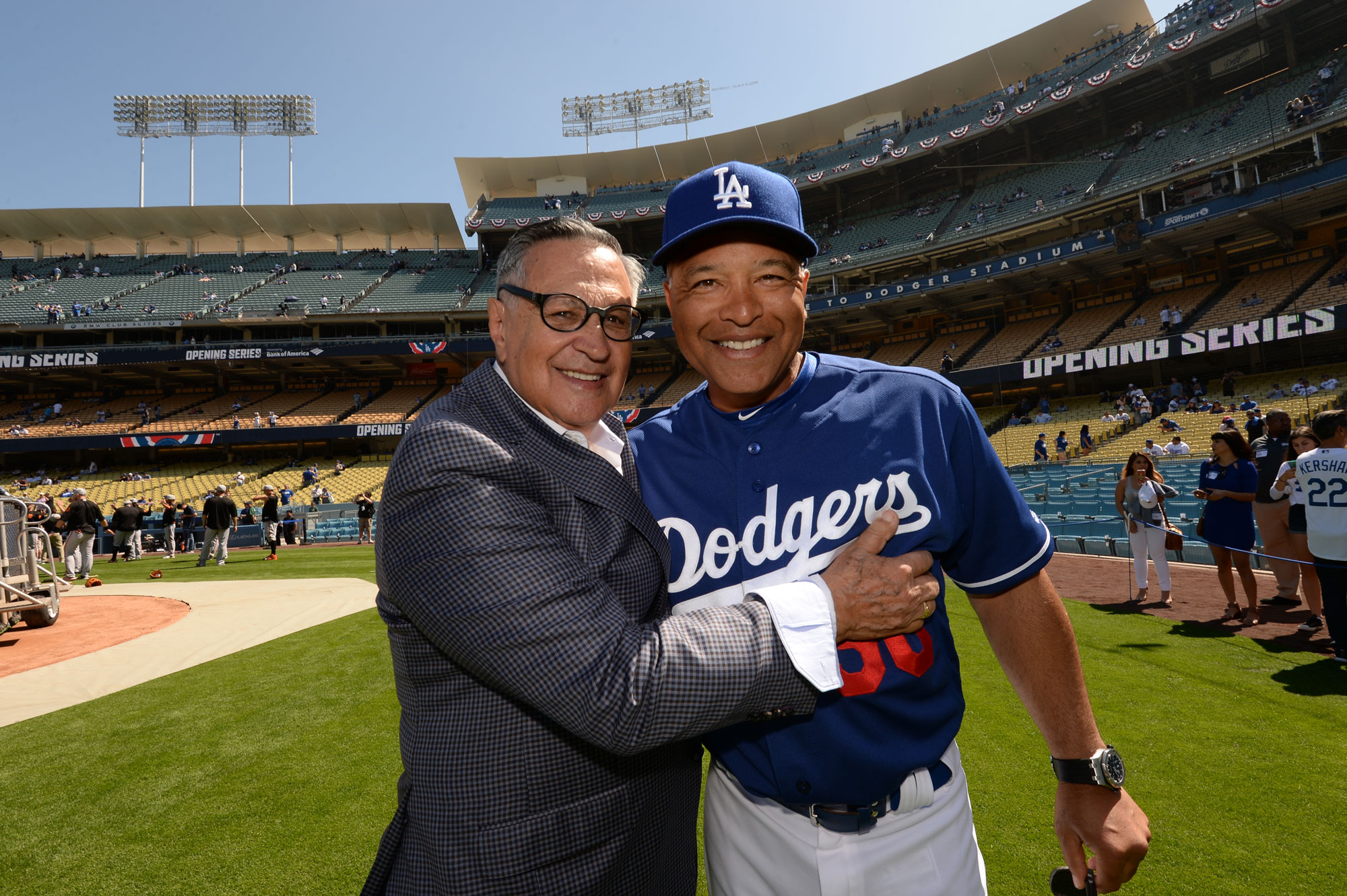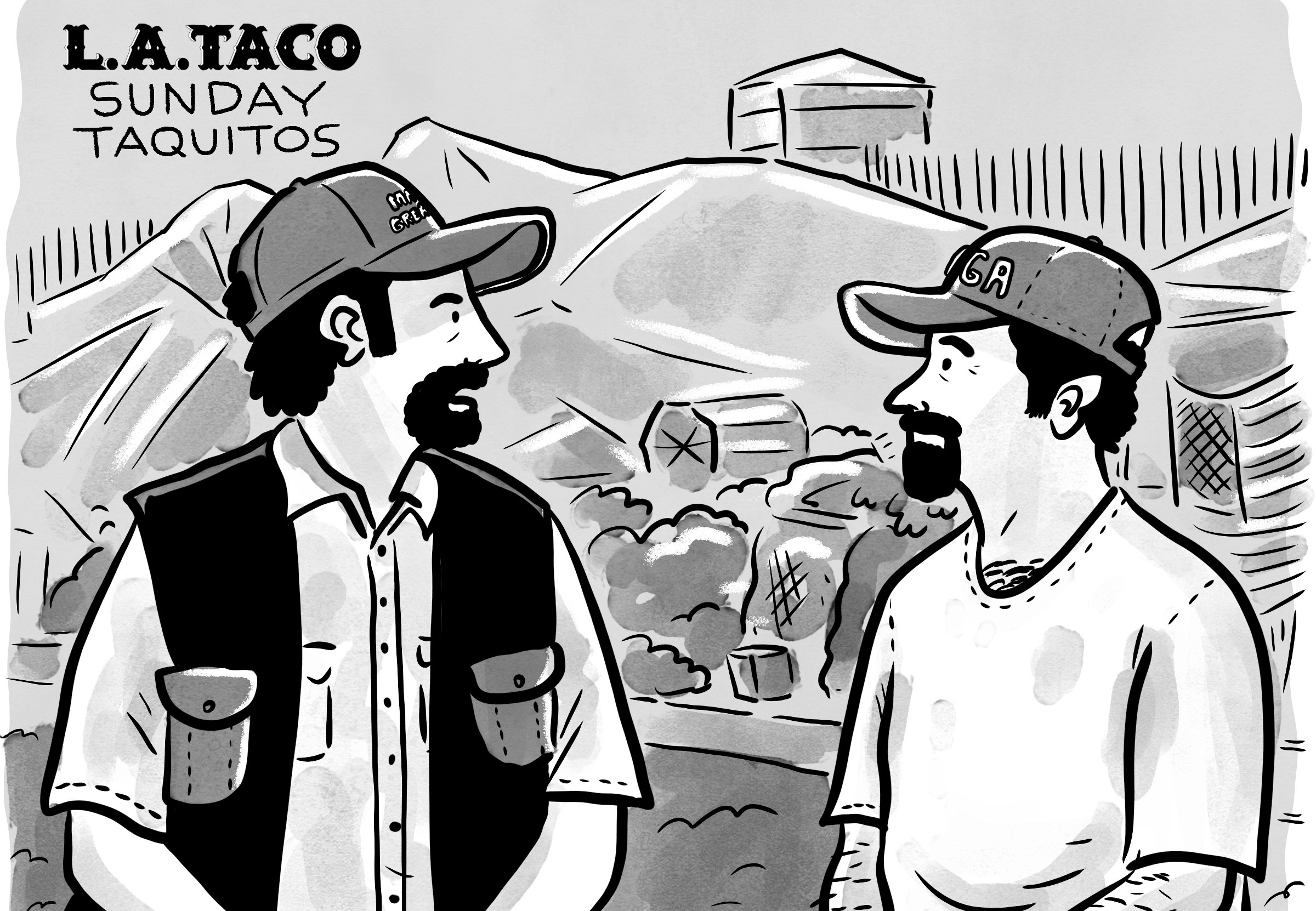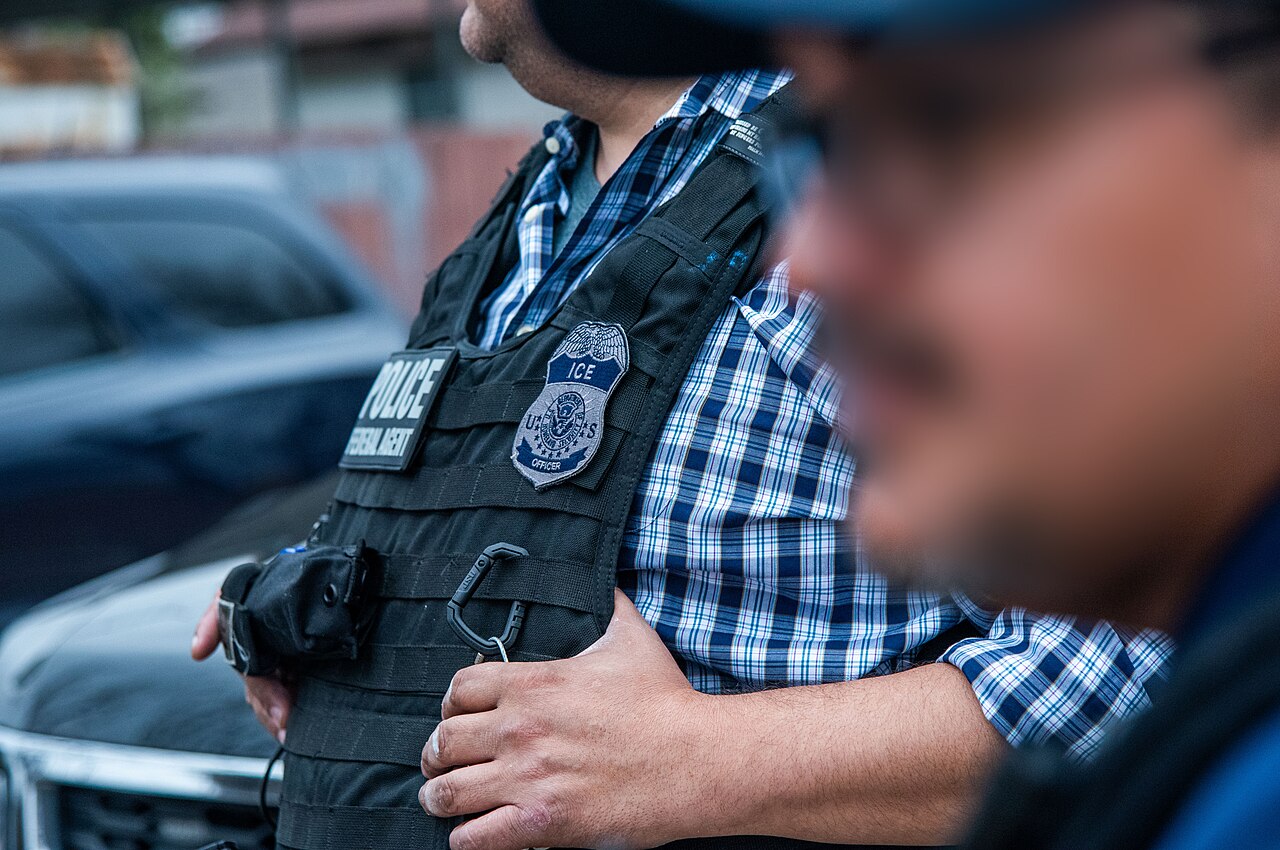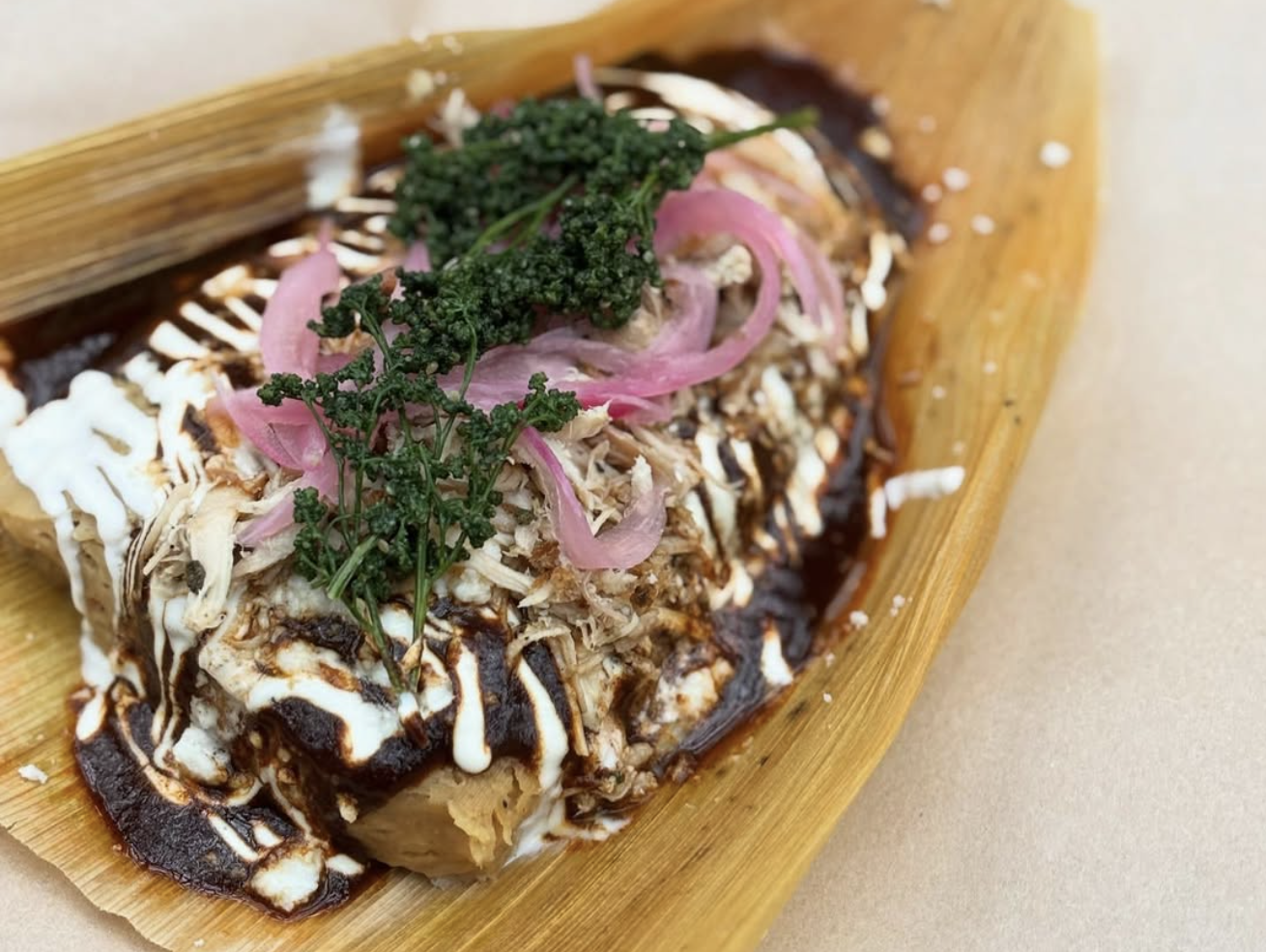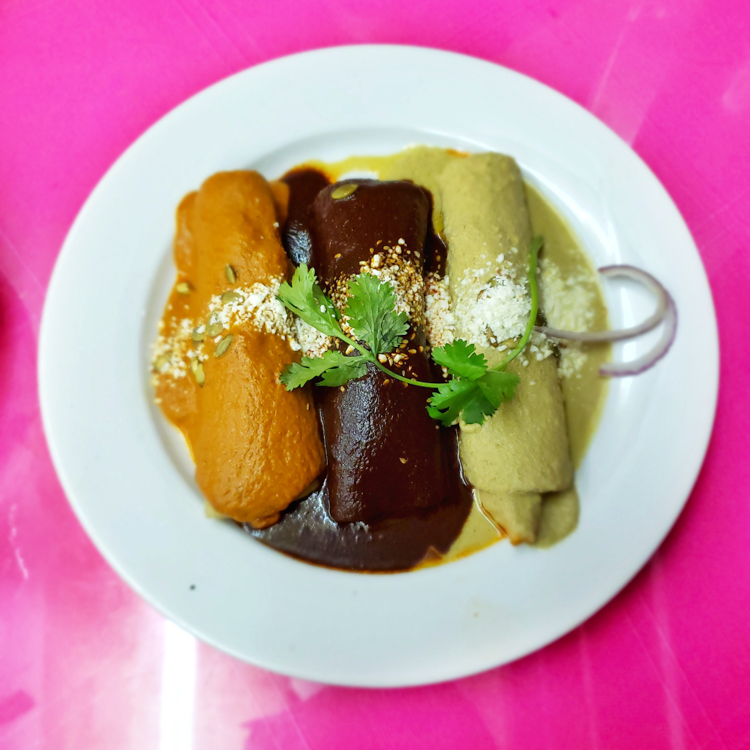[dropcap size=big]F[/dropcap]or 60 years, Jaime Jarrin has been the voice of the Dodgers, providing Spanish-speaking fans with a vivid portrait of the game. Known across Los Angeles for his signature home run call, “¡Se va, se va, se va, y despídala con un beso!” (“It’s going, going, going, and kiss it goodbye!"), Jarrin is one of just three Spanish-language broadcasters to win the National Baseball Hall of Fame’s Ford C. Frick Award, and following the retirement of his friend and colleague Vin Scully in 2016, Jarrin is now been the longest-serving broadcaster in professional baseball.
L.A. Taco caught up with Jarrin on the phone from Arizona where the Dodgers were taking on the Diamondbacks, for a conversation about his storied career, covering road games by “recreating” them live in a studio in Pasadena, and of course, his favorite taco.
What is your favorite taco in L.A.?
My favorite are the tacos at Guisados; all the different varieties they have there on Sunset Boulevard. My favorite dish overall is chile rellenos, but for tacos it’s Guisados. Those are great, especially the carnitas tacos.
That’s right down the street from Dodger Stadium, so it must make for a great pre-game meal?
Yeah.
You were born in Quito, Ecuador. What brought you to the United States, and specifically Los Angeles?
I came to this country in June 1955. When I moved to the United States as an immigrant, I came to New York because I wanted to become a commercial pilot and I was going to the aviation institute in New Jersey, but I was also doing radio at the time. I decided to continue in radio and I started reading about the demographics of Southern California, especially Los Angeles. I thought this was the right place for me to come because there was radio in Spanish here.
I understand you were at first unfamiliar with baseball, how did you learn the game?
Well…[laughs], you see I am a very special case because in Ecuador we don’t play baseball. So, coming to this country, I had never seen a baseball game or even a baseball ball. In October of 1955 in New York City, the World Series was played between the Brooklyn Dodgers and the Yankees and I saw so many people around TV sets and radio receivers watching and listening to these games and I didn’t know what it was. They told me it was baseball and the World Series.
Then, I started working at KWKW and I was covering boxing from the Olympic Auditorium every Thursday night. I wanted to know baseball so I decided to go to the two minor league teams we had in Los Angeles, the Hollywood Stars and the Los Angeles Angels, and watch those games.
When the Dodgers moved from Brooklyn to Los Angeles in 1958, KWKW got the rights to do the games in Spanish. One day, Mr. William Beaton, the owner, called all the employees to let us know and said “I’ll need two announcers,” and he looked at me and said “Jaime, I want you to be one of them.” I thanked him, but I told him “I know some baseball, but I don’t know enough to be in front of a microphone.” He liked me and said, “Jaime, I’m going to give you one year to prepare yourself and I want you to be there next year.” So, in 1958 I listened to every broadcast, in English, and was reading books and magazines about baseball and then I started going to the Coliseum to watch the Dodgers there. In 1959 I started with the Dodgers and 60 years later, I’m doing the same thing.
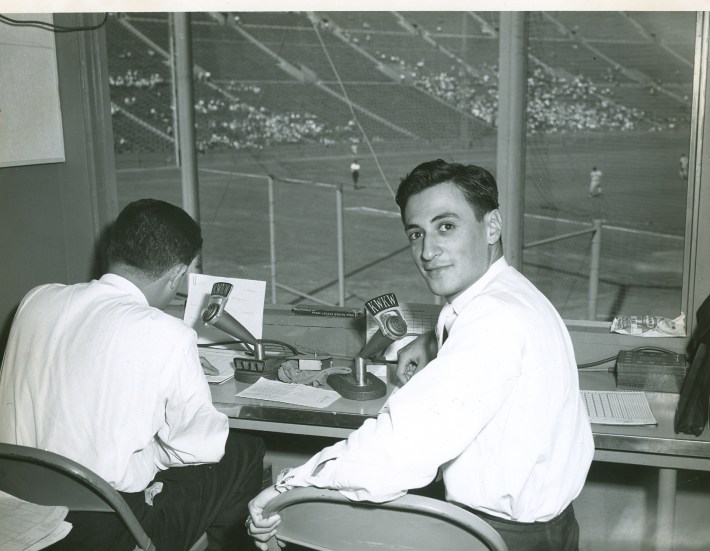
That’s an intense crash course.
It was. I was so nervous, it seemed really tough, but Vin Scully really helped me a lot. He was so nice with me and knew I was beginning and we became great friends. I don’t really have enough words to praise him for the help he gave me.
I read that during the first eight years of your career you didn’t go on the road with the Dodgers, but still covered every game. How did you broadcast those road games?
Those first eight years we did every game, but we didn’t travel on the road with the team. So, what we’d do is we’d recreate the game in the KWKW studio in Pasadena. There’d been recreations in English before, but they had the teletype or were one inning behind at least. In our case, we were on at the same time. We practically translated what Vin Scully and Jerry Doggett were saying. It was very difficult, but we had to do it and Vin helped a lot. He knew we were translating his words, so he’d give me the line-ups and additional information about the weather and attendance before the games.
How do you paint the picture of a ball game you can’t actually see?
You have to close your eyes and keep in your mind the set-up of the field. You can tell from the roar of the crowd if it’s only a single. If it was a very tough play, like a triple or a double with men on base we’d have to wait until the play was over to come on with the call. We had some cartridges with the background noise, we had cheers for a single, double, triple and home run. We’d push the button and the noise would come up. In those days they’d do double headers, at least eight or ten in a season. So to do two games under those conditions was very tough. I was very tired.
I’m glad you were able to stick through that. Now, what are your favorite memories of your 60 year career?
It’s hard to come up with one memory or call, but of course, my first game was very exciting and I was very nervous to be doing this before 72,000 people, but that was the beginning and it was very special. Then there are the perfect games, I’ve done three perfect games: Sandy Koufax’s, Tom Browning’s with the Reds and Dennis Martinez with the Expos. Those are very special. [There have only been 23 perfect games in Major League Baseball history. –ed] Then there was Orel Hershiser’s scoreless inning streak in 1988, breaking Don Drysdale’s record which was a fantastic thing, and the whole 1988 season with the World Series championship and Hershiser winning the Cy Young.
RELATED: My Favorite Taco ~ Fernando Valenzuela
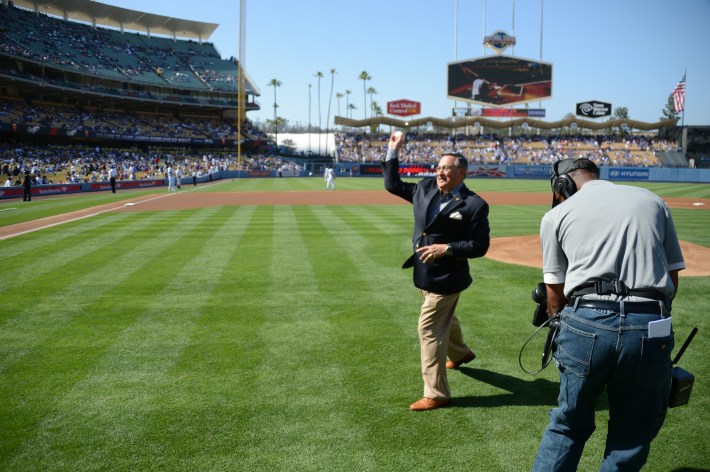
But, above all, I have to mention 1981 and Fernandomania with Fernando Valenzuela becoming a folk hero in Los Angeles. That was very special for me because I was with him everywhere, serving as his translator, even at the White House.
Did you call his no-hitter in 1990?
No, funny thing is that I was with him everywhere except for the no-hitter because I had been in a traffic accident and had to stay behind the team in Vero Beach, so I missed the game. It was his greatest game!
What’s the origin of your “Se va…” home run call?
You know, I don’t remember how that started. I think it just came to my mind one day and I liked the call. The people started calling me saying they love it, but I can’t remember why or when I first did that.
How long does it take to prepare for a broadcast?
It used to take me three and a half or four hours, but now with the internet you have everything and it’s much easier. You used to have to go through newspapers and magazines to get information for the broadcast. In baseball you have to have a lot of material in your mind or next to you because there’s lots of time to fill. Now it usually takes me about two and a half hours to prepare and get ready for a broadcast, it’s much easier because of the internet.
What do you do on your days off?
Well, for instance we’re up in San Francisco next, and my son and I, who now works with me, we’re going to rent a car and go up to Napa and the Wine Country. Otherwise, I like to stay home and read. This year, for the first time I’m going to skip about 24 games because I need to have more time with my family. I like traveling and I like to be with my colleagues, but I need to cut down to be at home.
You mentioned you’re now working with your son Jorge; what’s it like working with your son in the broadcast booth?
It’s the greatest gift I could have received. I am re-paying him for the time I missed when he was growing up because of my work and traveling. We’re having lunch every single day. It’s the greatest of blessings.
The Dodgers play the Oakland A’s tonight at Chavez Ravine. Jarrin can be heard on KTNQ 1020 AM.
RELATED: My Favorite Taco ~ Patty Rodriguez
